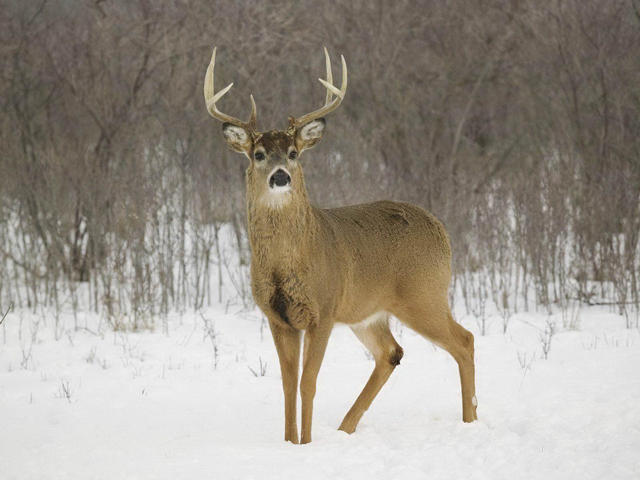Biologists call on hunters to help fight deer disease
Kootenay hunters preparing for the opening of deer hunting season in September are being asked to help fight the spread of a disease that’s killing the animals in Saskatchewan and Alberta.
The Ministry of Forests, Lands and Natural Resource Operations is calling on hunters to contribute the heads of their kills to a program monitoring for Chronic Wasting Disease.
“We really would like to start seeing an increase in the number of samples we get so we can have good information on the standing of the disease,” says Cait Nelson, a biologist with the ministry’s Wildlife Health Program.
“To this point it has been low-risk, but we want to do our due diligence so we can confidently say it is not here.”
Chronic Wasting Disease, or CWD, is an infection that affects the nervous systems of deer, moose and elk. Similar to bovine spongiform encephalopathy, or mad cow disease, biologists fear the disease may be heading to British Columbia.
The disease was first detected in game-farm raised deer in Saskatchewan in 2001, and has since spread to wild populations, says Nelson. The most recent cases were found just south of Edmonton, leading to concerns it could eventually end up in the eastern part of this province.
Sampling kills made by BC hunters here or in western Alberta will give biologists better information on how the disease is spread naturally, says Nelson. But she also says the ministry wants to make hunters aware how they can inadvertently help the disease move west.
“Not all infected animals look sick, they could be in healthy condition,” says Nelson.
“Hunters could bring back intact carcasses that contain infected meat. If it enters the soil, it can survive there for quite some time. Any animal passing through can then pick it up.”
The ministry wants hunters to drop off the head of their kills to local BC wildlife or conservation officers. Other drop-off points are being set up in areas of high concern, like the east Kootenay and Peace regions.
The program has the support of hunters in the Kootenay area.
“Anything we can do to support efforts the government is making to stop this from getting closer or track what is happening, our people are keen to helping out,” says Claire de la Salle, a director with the Nelson Rod and Gun Club.
De la Salle says hunting’s an activity that many of the club’s members use to supplement their family diets, and while the disease can’t be transmitted to humans, the health of the deer population is important.
“This is scary stuff,” she says. “It’s a main meat source for families and individuals in our region, so any threat to that food source is a huge concern.
“If you can be helping mitigate that threat, you will do it.”
De la Salle says the club’s executive will discuss the ministry’s call-out to hunters at their next meeting in September.
Kootenay hunters have been participating in the program for 10 years, says Nelson, and credits them for giving the ministry a good idea of the health of the deer population in the southeast. But while more than 300 heads are dropped off annually in the south, the ministry only got one head from the north last year.
“If we had 300 heads from all the eastern and northern regions of the province, that would be my dream,” she says.
Hunters wanting to keep their trophies can remove the rack, says Nelson, as the sample she seeks is at the back of the animal’s throat. A hunter wanting to keep the whole head can ask for it to be returned after sampling.
Chronic wasting disease is caused by prions, a virus-like molecule not fully understood by scientists. While humans cannot contract the disease, it is always fatal to cervids- deer, moose, and elk.
Hunters are also asked to report any sick or dead deer they encounter.
Hunting season opened September 1 for youth and bow hunters, and September 10 for the general public.


























